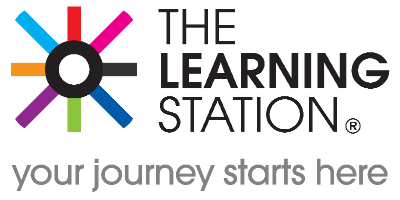Instead of making your students sit, listen and memorize, try to include them more in the learning process.
This method of engaging students more and making them participate and collaborate with each other is known as active learning. Incorporating active learning into your classroom will mean that students will be given a freedom to analyze an argument, discuss the covered material, and apply a concept to a real-life situation.
In order to make this all happen, there are various key success factors which every facilitator or teacher should use to make students do something instead of just passively listening. Some of the key success factors for active learning are providing proper setting, technology and dialogue environment.
Likewise, students should be encouraged to communicate with each other and should be motivated to carry out each task without contemplating failure. Asking students to be included in the teaching process and assigning research and reading to be done outside the classroom are some of the best methods for active learning. Last but not least, every class should end with a wrap-up activity which will conclude the learning process.
- Courses
- Construction Courses
- Childcare Courses
- Health and Social Care Courses
- E-Learning
- First Aid Courses
- Personal Licence Holders
- Health and Safety Courses
- Trainer, Assessor and IQA Courses
- Leadership and Management Courses
- Teaching Assistant Courses
- GCSE & Functional Skills Courses
- Business Admin Courses
- Customer Service Courses
- Food Safety
- All Courses
- Mandatory Care Workshops
- About Us
- Employers Area
- Accreditations
- Explore Careers



 Student Login
Student Login My Account
My Account